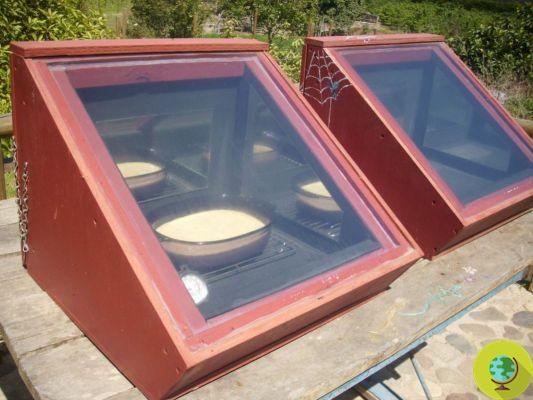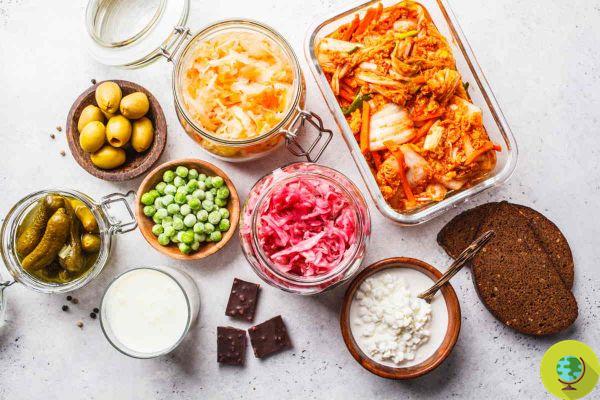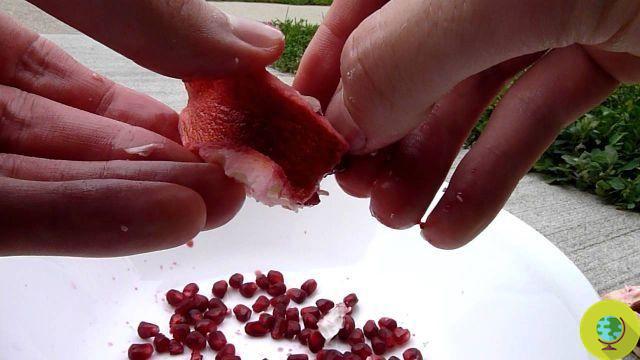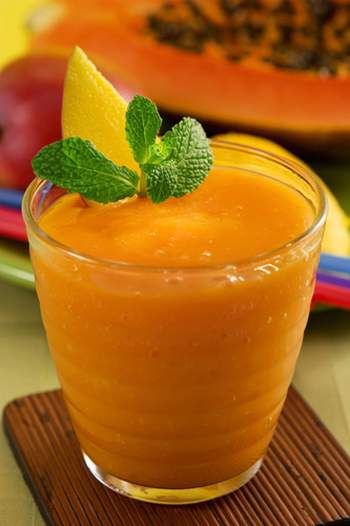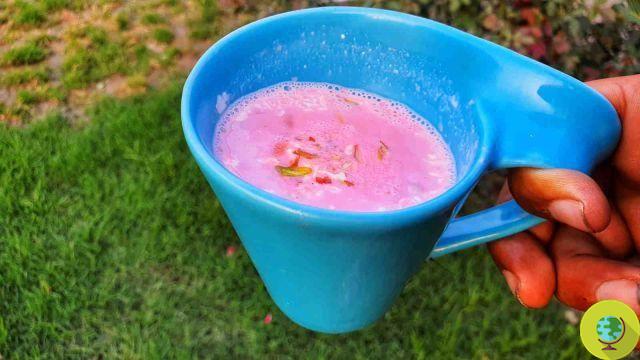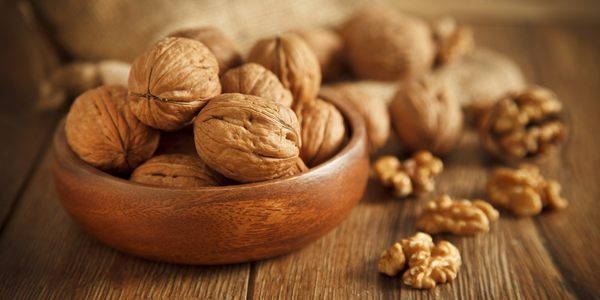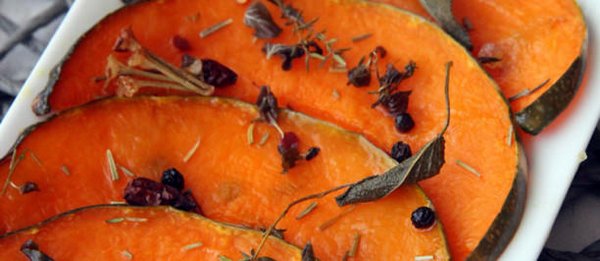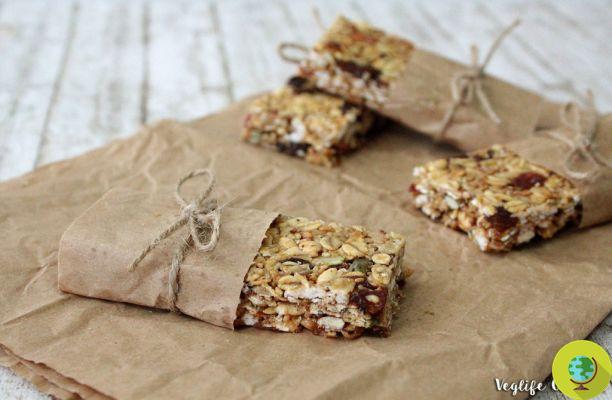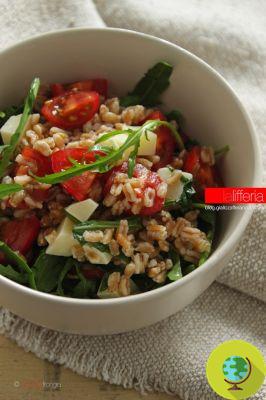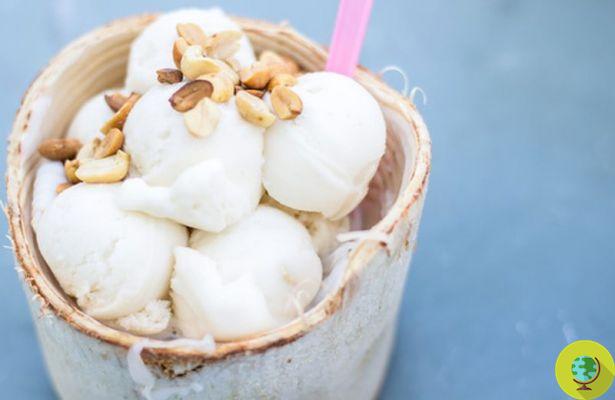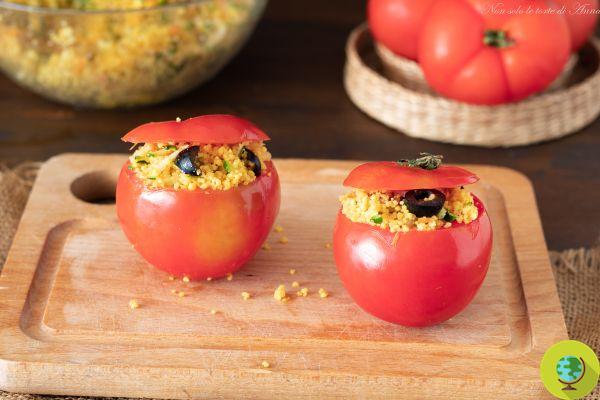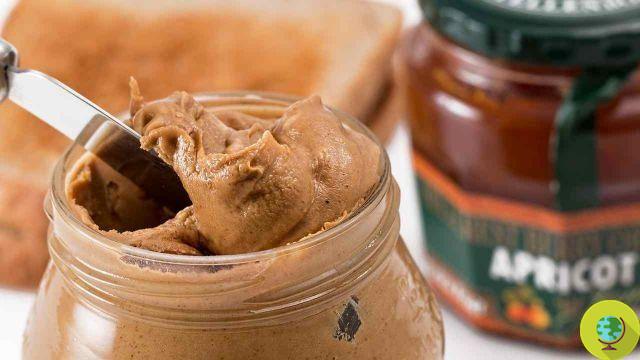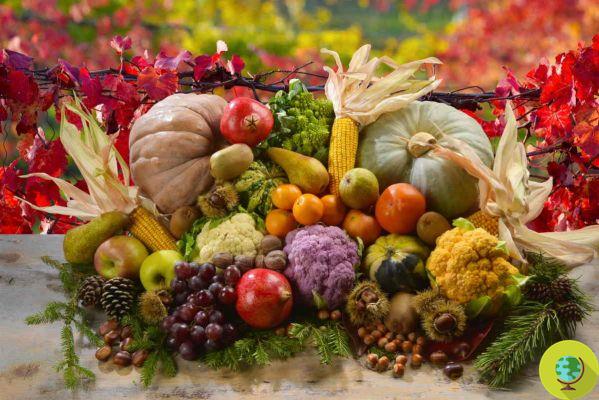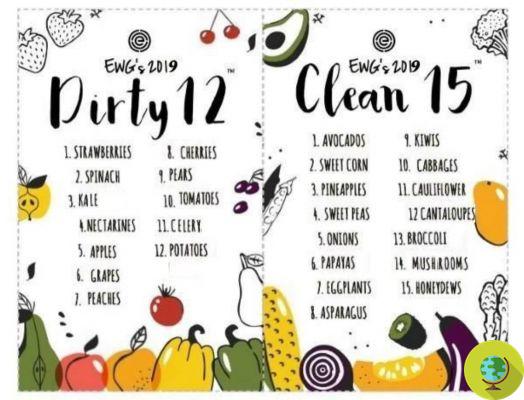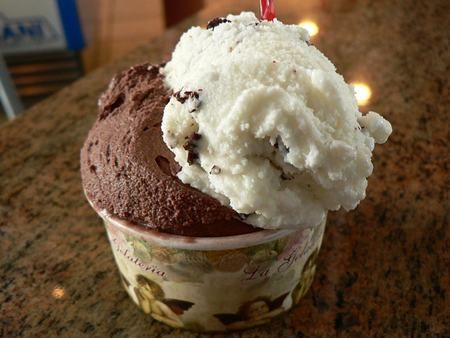Are you celiac, gluten intolerant or are you simply curious to find out what gluten-free flours are? There are really many types of gluten-free flours that are obtained from cereals but also from legumes, seeds and dried fruit.
Don't store avocado like this: it's dangerousYou suffer from celiac disease, you are intolerant to gluten or you are simply curious to find out what the farine gluten-free? There are really numerous types of gluten-free flours which are obtained from cereals but also from legumes, seeds and dried fruit.
Le gluten-free flours, depending on the variety, they can be used both to prepare desserts at home and for savory recipes, such as bread, fresh pasta, crackers and breadsticks. There are also gods mix of gluten-free flours ready-made designed to facilitate the creation of homemade doughs.
Let's find out what are the gluten-free flours suitable for celiacs and how to use them.
Everyone can use gluten-free flours, not only those who are intolerant, in fact these flours are very useful for bringing variety to the kitchen and for not always using the usual wheat flour.
Read also: CELIACHIA: EVERYTHING YOU NEED TO KNOW
Index
Gluten-free flours of cereals
By some cereals and by gluten-free 'pseudo-cereals', like quinoa and amaranth, excellent flours are obtained, often combined with each other to prepare gluten-free bread or pasta but also to make biscuits and desserts. One of the most common combinations combines rice flour with very fine corn flour.
Buckwheat flour, for example, is good for making pizzoccheri but also for pies and biscuits. Always with buckwheat flour to combine with corn flour you can prepare polenta, all always gluten-free.
Read also: 8 CEREALS OR SUCH ASSUMPTIONS THAT EVEN CELIACS CAN EAT
- Amaranth flour
- buckwheat flour
- corn flour
- Millet flour
- Quinoa flour
- Rice flour
- Sorghum flour
- Teff flour
As for cereals they are to be avoided for celiacs spelled flour, wheat flour, durum wheat semolina, rye flour, barley flour and oat flour.
Read also: RICE FLOUR: 10 RECIPES TO USE IT AT THE BEST
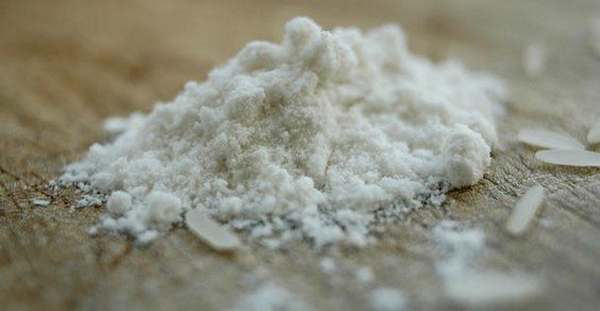
Gluten-free flour of legumes
Gluten-free flours can be obtained from any type of dried legume. These legume flours gluten-free can be prepared at home by grinding dried legumes with a suitable food processor or with an electric mill forself-production of flours.
The most popular and easiest to find legume flour is chickpea flour, which is now available in many supermarkets. It is the basic ingredient of some savory regional preparations such as Ligurian farinata and Sicilian panelle. Legume flours are suitable for combining with cereal flours, especially for the preparation of savory dishes such as gnocchi, bread and breadsticks.
Read also: THE 5 MOST HEALTHY LEGUMES ON THE PLANET
- Red azuki flour
- Green azuki flour
- chickpea flour
- Bean flour
- Mung bean meal
- Broad bean flour
- Lentil flour
- Lupine flour
- Pea flour
- Soy flour
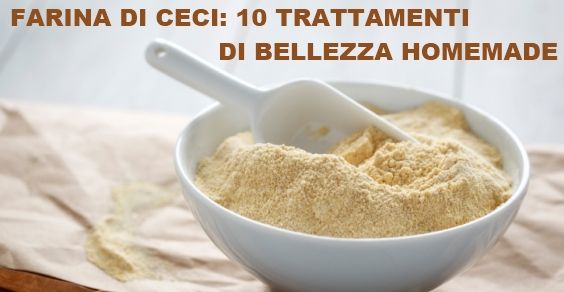 Read also: LEGUMES PASTA: TYPES, CALORIES, NUTRITIONAL VALUES AND RECIPES
Read also: LEGUMES PASTA: TYPES, CALORIES, NUTRITIONAL VALUES AND RECIPES
Gluten-free flours from fruit and seeds
The gluten-free flours obtained from fruit and seeds are a little more particular flours than cereal or legume flours since they are mainly used to enrich preparations with flavor or color. For example, we recommend combining them with gluten-free cereal flours to prepare cakes, biscuits, crepes and pancakes.
Hazelnut, chestnut and almond flours are excellent for preparing the basis for pies. With carob flour due to its characteristic flavor, cocoa is often replaced in some alternative recipes. Banana flour is made by grinding dried banana slices. Coconut flour is also known as dehydrated coconut flakes. It can be reduced to a powder in the food processor. Dried fruit flours are very easy to prepare at home with all kinds of nuts that you just need to chop finely: almonds, hazelnuts, pistachios, walnuts….
- Banana flour
- Hemp flour
- Carob flour
- Chestnut flour
- Coconut flour
- Flaxseed flour
- almond flour
- Hazelnut flour
- Walnut flour
- Pistachio flour
- Chia seed flour
- Sunflower seed meal
Starches and other gluten-free flours
Starches in cooking are mainly used as thickeners or to help better bind gluten-free and / or egg-free doughs. With potato starch, eggs are usually replaced in baked desserts.
Baby food is made with tapioca flour or tapioca starch. The famous 'calorie-free' pasta is prepared with konjac flour obtained from the homonymous root. Rice starch and potato starch are very suitable for thickening soups, for preparing homemade soups and stuffing creams, for example custard.
Read also: KONJAK SHIRATAKI: PROPERTIES, USES AND WHERE TO FIND "0 CALORIE PASTA"
- Amido di corn (maizena)
- Rice starch
- Konjac flour
- Tapioca flour (tapioca / cassava starch)
- Maranta starch (arrowroot)
- Potato starch
Gluten-free flour mix
There are also gods for sale specific mix of gluten-free flours especially designed to simplify the preparation of dough for fresh pasta, pizza, cakes and biscuits, thinking of those suffering from celiac disease. There are different brands and types of gluten-free flour mixes. You can find them especially online and in celiac products stores.
Read: CELIACIA: SYMPTOMS IN ADULTS AND CHILDREN
Where to find gluten-free flours
Le gluten-free flours can be found in many supermarkets (for example rice flour and corn flour are widespread), in herbalist's shops, in organic products shops, in pharmacies and in specific stores of gluten-free products for celiacs. If you want to experiment with the rarest flours to be found ready in some cases you can prepare at home by grinding with a food processor or electric mill for dried fruit or dried legumes, so for example you can easily prepare pea flour or hazelnut flour.
If you are celiac, before buying any gluten-free product consult the AIC handbook for safety.
Which gluten-free flours do you usually use and which do you prefer?
Marta Albè




